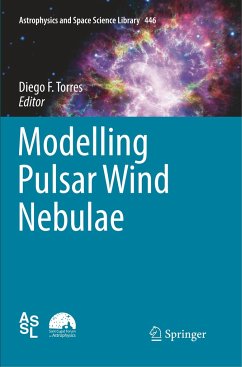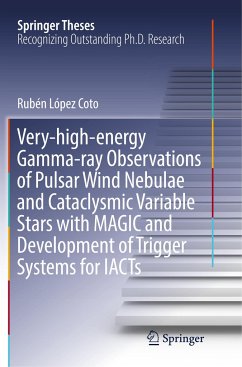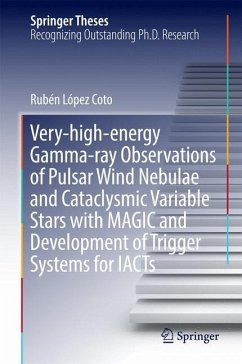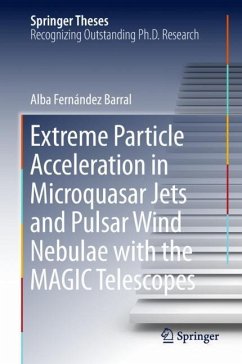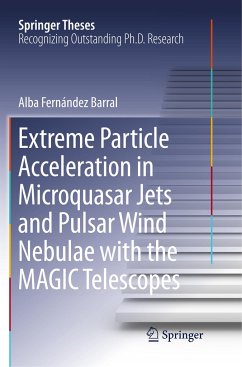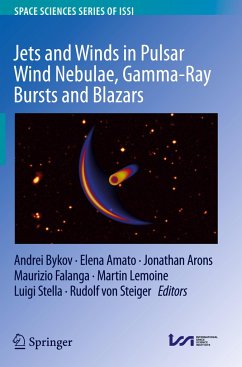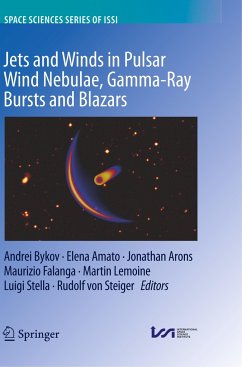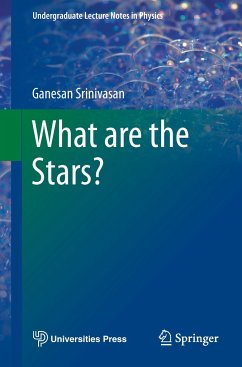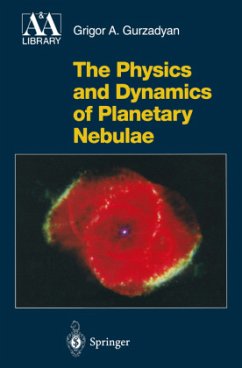
Modelling Pulsar Wind Nebulae

PAYBACK Punkte
57 °P sammeln!
In view of the current and forthcoming observational data on pulsar wind nebulae, this book offers an assessment of the theoretical state of the art of modelling them. The expert authors also review the observational status of the field and provide an outlook for future developments.During the last few years, significant progress on the study of pulsar wind nebulae (PWNe) has been attained both from a theoretical and an observational perspective, perhaps focusing on the closest, more energetic, and best studied nebula: the Crab, which appears in the cover. Now, the number of TeV detected PWNe ...
In view of the current and forthcoming observational data on pulsar wind nebulae, this book offers an assessment of the theoretical state of the art of modelling them. The expert authors also review the observational status of the field and provide an outlook for future developments.
During the last few years, significant progress on the study of pulsar wind nebulae (PWNe) has been attained both from a theoretical and an observational perspective, perhaps focusing on the closest, more energetic, and best studied nebula: the Crab, which appears in the cover. Now, the number of TeV detected PWNe is similar to the number of characterized nebulae observed at other frequencies over decades of observations. And in just a few years, the Cherenkov Telescope Array will increase this number to several hundreds, actually providing an essentially complete account of TeV emitting PWNe in the Galaxy. At the other end of the multi-frequency spectrum, the SKA and its pathfinder instruments, will reveal thousands of new pulsars, and map in exquisite detail the radiation surrounding them for several hundreds of nebulae.
By carefully reviewing the state of the art in pulsar nebula research this book prepares scientists and PhD students for future work and progress in the field.
During the last few years, significant progress on the study of pulsar wind nebulae (PWNe) has been attained both from a theoretical and an observational perspective, perhaps focusing on the closest, more energetic, and best studied nebula: the Crab, which appears in the cover. Now, the number of TeV detected PWNe is similar to the number of characterized nebulae observed at other frequencies over decades of observations. And in just a few years, the Cherenkov Telescope Array will increase this number to several hundreds, actually providing an essentially complete account of TeV emitting PWNe in the Galaxy. At the other end of the multi-frequency spectrum, the SKA and its pathfinder instruments, will reveal thousands of new pulsars, and map in exquisite detail the radiation surrounding them for several hundreds of nebulae.
By carefully reviewing the state of the art in pulsar nebula research this book prepares scientists and PhD students for future work and progress in the field.





